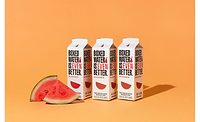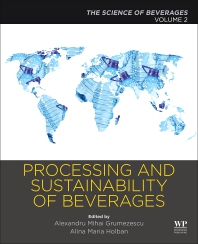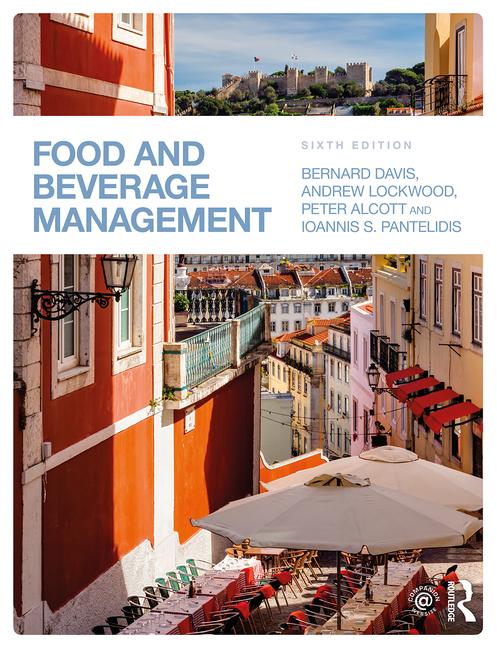Is green really better?
Determine if going green is right for your company

If your company is like most others, you may be feeling a lot of peer pressure lately to hop on the green bandwagon. After all, green is the new black.
On a surface level for consumers, it has become a type of status symbol, and for manufacturers it is occasionally just a half-hearted public relations attempt.
Whether the motives of consumers and manufacturers are truly altruistic, or if it’s mostly a matter of being politically correct, the marketplace is showing an increased interest in and demand for green, sustainable products and services.
Like any new market trend, there are challenges in positioning product benefits in a meaningful and relevant way to consumers. As if that weren’t a big enough challenge, now try to market green in an economy still in recovery.
What is green or sustainable?
Not only are there economic challenges to being green, but there are barriers to brand positioning as well. Consumers are confused about what “green” means. They think that green products are too expensive. They are skeptical about whether a product or a company truly is green. And they are concerned that green products won’t taste as good as conventional products.
“Green” and even “sustainable” are fairly ambiguous terms. They are used loosely across the marketplace. Sometimes “green” is used purely as a public relations tool.
There’s much more to “green” than green. And most consumers are much more informed and skeptical than you might think. Detailing negative fallout to companies that “green wash” or “guilt wash,” an Ipsos Reid study reported that 70 percent of Americans “strongly agree” that companies selling green products are doing so merely as a marketing ploy.
In a perfect world, “green” essentially means better for the environment. This takes into consideration the entire manufacturing process from facilities and ingredients to packaging materials used. Because the term “green” is used so broadly, and is at risk of becoming innocuous to the ever-vigilant consumer, there’s a definite need for greater definition and regulation of terms and categories in green marketing.
The U.S. government has stepped in to protect and maintain truth in advertising. Since 1992, the Federal Trade Commission has been issuing guidelines called “Guides for the Use of Environmental Marketing Claims,” or in a more sustainable and less bureaucratic use of language, the “Green Guides.” These guides are intended to help companies avoid claims that could be untrue or deceptive to consumers, not unlike the development of U.S. Food and Drug Administration guidelines for health claims.
Aside from a consensus on the definition of “green,” it’s important, as a company, to first ask whether it makes business sense to go green. There, of course, is that nagging moral dilemma. Pesky morals aside, take a good look at your bottom line and your target audience. Do they really care? Sure, we wish everyone cared about the planet becoming a noxious landfill, but the reality is that there are people who want good, inexpensive and reliable products, regardless of their impacts on the planet.
The positioning of a product as green might have no relevance to your customer. The other core consideration is whether being socially responsible is one of your company’s core values. If it doesn’t flow from an honest desire and commitment to help the environment, maybe it’s not for you.
TEN Green marketing tips
1. Be transparent. Let the consumer see who you are and why you are taking steps to be more socially responsible.
2. Green messaging is better when it is more practical and less aspirational.
3. Remember that green products must perform comparably or better than their less green counterparts.
4. No amount of “green appeal” can make up for a bad-tasting product.
5. Social media should be your primary conduit for green marketing outreach.
6. Focus on communicating the “value” of buying green, such as quality.
7. Tell your customers the story behind your sustainable innovations.
8. Never forget that most consumers are inclined not to trust what you say. Prove them wrong.
9. Green consumers buy with their hearts as well as their heads, so make both an emotional and rational appeal.
10. “Green” is not black and white. Consumers embrace green and sustainable product benefits along a spectrum of acceptance. Some are more ready than others. BI
Looking for a reprint of this article?
From high-res PDFs to custom plaques, order your copy today!








